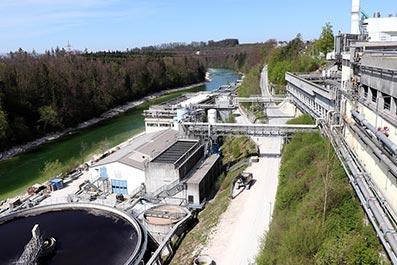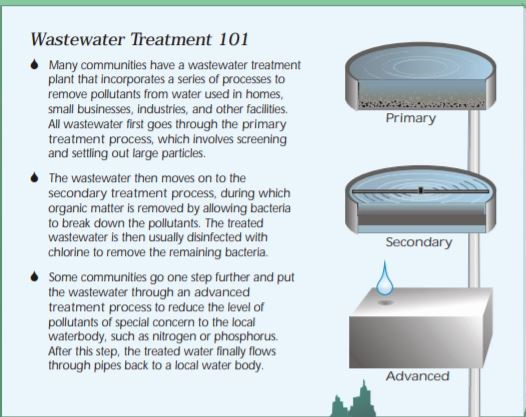Why Is Wastewater Treatment Important?
The world’s eight billion people create a lot of wastewater — another word for sewage — enough that the natural water purification process is insufficient on its own to remove the harmful chemicals that cause disease in not just people but flora, fish and wildlife.
Wastewater treatment removes contaminants and suspended solids from wastewater; this treated, potable water can then be dispatched back into the ecosystem free from man-made contaminants.
Why do we treat wastewater? Without treatment, the amount of wastewater in the environment would cause devastation. It does so, in fact, in developing nations: Globally, over 80 percent of all wastewater is discharged without treatment. This leads to mass illness and severe disruption of the food chain.
Untreated wastewater poses significant health risks, accounting for 1.7 million deaths annually —over 90 percent of those in developing nations1.

Untreated wastewater can also cause2:
- Campylobacteriosis
- Cryptosporidiosis
- Escherichia coli Diarrhea
- Encephalitis
- Gastroenteritis
- Giardiasis
- Hepatitis A
- Poliomyelitis
- Salmonellosis
- Tyhphoid Fever
- Yersiniosis
- Cholera
- Schistosomiasis
The above diseases are seen not just in developing nations but in the U.S. as well. Wastewater treatment is one of the best defenses we have against stopping these diseases and saving lives.
Effects of Wastewater Pollutants on the Ecosystem
When nitrogen, phosphates, or rotting organic matter pollute bodies of water in large amounts, the result is unusual plant growth. These plants then secrete toxins which leads to oxygen depletion. And that’s what causes so-called “dead zones” or uninhabitable aquatic ecosystems.
Untreated wastewater is toxic to non-aquatic animals, including people. But ingesting wastewater itself is not the sole problem. Upstream wastewater contamination poisons the food chain: Polluted algae contaminates the fish that eat it, which poison the bears that eat them, and so on.
Wastewater pollution is also responsible for what’s known as red tide3, a mass killing-off of aquatic animals that can pollute large volumes of water, making entire human-serving water systems non-potable.
Wastewater Treatment 101
The natural wastewater detoxification process is overloaded — there is simply too much sewage for nature to keep up with. Wastewater treatment helps to remove the waste and keep our ecosystem healthy.
Basic wastewater treatment occurs in three treatment parts: primary, secondary and advanced. The following infographic, Wastewater Treatment 1014, from the Environmental Protection Agency (EPA) explains the basic operation of wastewater treatment.

As the above illustrates, modern pollution levels are so great that a single sifting process is seldom enough to make water potable.
The Goal of Wastewater Treatment
The main goal of wastewater treatment facilities is to protect people, as well as local ecosystems, from toxic elements found in wastewater.
Water treatment facilities were designed to speed up the natural process of purifying water because the natural process can’t keep up with the amount of waste society produces. Without wastewater treatment and other recycling processes, everyday life would be considerably more hazardous; it remains so in developing nations lacking established wastewater treatment systems.
References
- World Water Assessment Programme (UNESCO WWAP), https://www.unesco.org/new/en/natural-sciences/environment/water/wwap/wwdr/, Accessed March 10, 2020.
- https://www.in.gov/health/eph/onsite-sewage-systems-program/diseases-involving-sewage/.
- https://engineering.purdue.edu/~frankenb/NU-prowd/wwater.htm.
- What can you do to protect local waterways?, https://www3.epa.gov/npdes/pubs/ centralized_brochure.pdf, Accessed March 12, 2020.